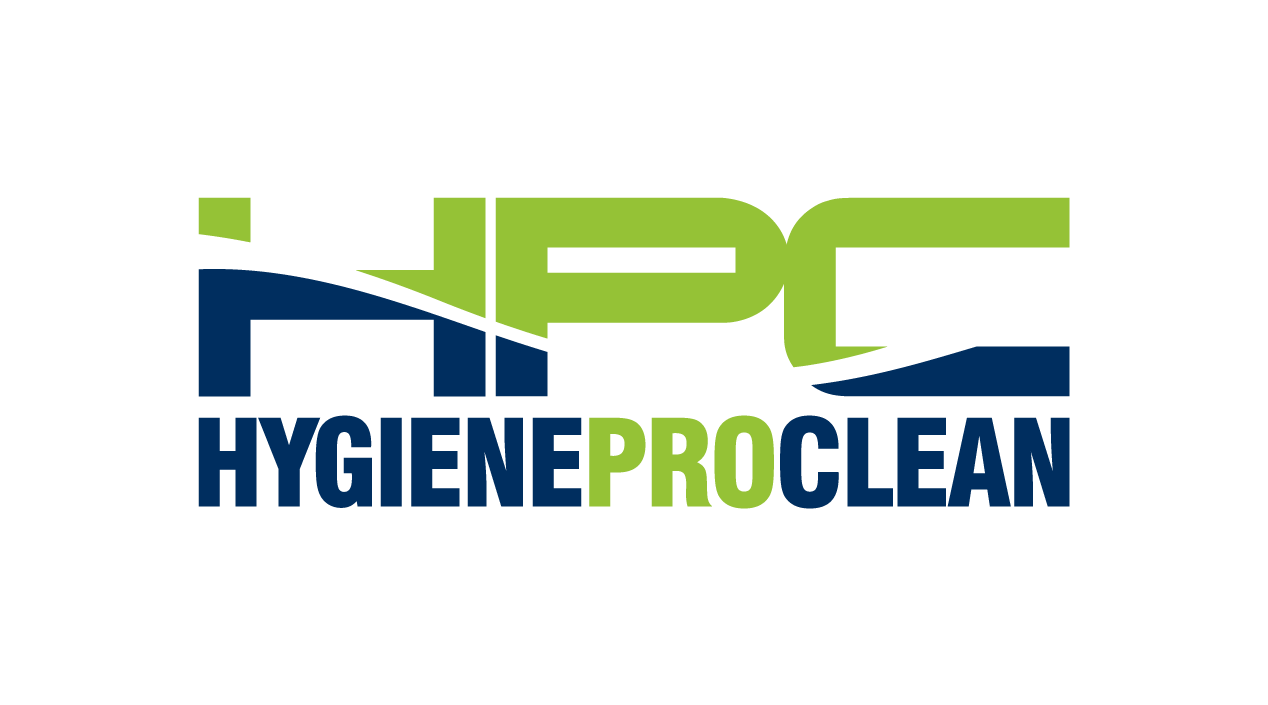Dealing with Mould in Your Rental Property: A Landlord's Guide
As a landlord, maintaining the quality and safety of your rental property is paramount. One of the most common issues that can arise, especially in damp or poorly ventilated areas, is mould. Not only can mould pose health risks to your tenants, but it can also lead to property damage and legal liabilities if not addressed promptly and effectively. Below are some suggestions regarding what landlords should do if they discover mould in their housing stock.
1. Assess the Situation: Upon discovering mould, landlords should conduct a thorough inspection to assess the extent of the problem. Identify the type of mould and which areas are affected. This should require the assistance of professionals. Hygiene Pro Clean will carry out reliable, rapid qPCR testing which will test for and identify any and all mould DNA. A detailed report is produced which also details optimal remediation actions.
2. Notify Tenants: It's crucial to inform tenants about the presence of mould as soon as possible. Provide clear communication regarding the steps being taken to address the issue and any temporary measures they should take to minimise exposure, such as avoiding affected areas where possible.
3. Address the Source: Mould thrives in damp environments, so it's essential to identify and address the underlying cause of moisture, whether it's a water leak, poor ventilation, or a faulty roof. Repairing these issues is crucial to preventing mould from recurring.
4. Hire Professionals: Hygiene Pro Clean, one of the U.K.’s leading mould remediation experts, will ensure from testing through to treatment, that all work is carried out in a rapid, effective, and compliant way. The process is as follows: -
Analysis of the fungal attack, including a microbiological assessment where appropriate
Effective decontamination of all affected materials, objects and the void/space
Where appropriate, the removal of contaminated carrier materials including, wallpaper, wood, plaster, concrete etc.
Thorough air purification
Sign off / handover - following the successful treatment a certificate is issued which confirms effective decontamination has been carried out and that the space is safe to be used once again
5. Preventative Measures: As part of a planned maintenance and voids programme, implement measures to prevent future mould growth, such as improving ventilation, installing dehumidifiers, and regularly inspecting for leaks or water damage. Additionally, educate tenants on proper ventilation practices, especially in areas prone to moisture build-up like bathrooms and kitchens.
6. Document Everything: Keep detailed records of all communications with tenants regarding the mould issue, as well as any inspections, repairs, or remediation efforts undertaken. This documentation can be valuable in the event of disputes or legal proceedings.
7. Follow Legal Requirements: Familiarise yourself with laws and regulations concerning mould remediation and landlord-tenant responsibilities. Ensure compliance with any legal requirements for mould disclosure, remediation timelines, or tenant accommodations.
Addressing mould in rental properties requires prompt action, clear communication, and thorough remediation efforts. By taking proactive steps to identify, address, and prevent mould growth, landlords can protect the well-being of their tenants and the integrity of their housing stock.
Contact Hygiene Pro Clean today to ensure comprehensive mould testing, remediation, and prevention measures are in place. With our expert services, you can safeguard your rental property and provide your tenants with the healthy living environment they deserve. Don't wait until it's too late – take proactive steps now with Hygiene Pro Clean.
